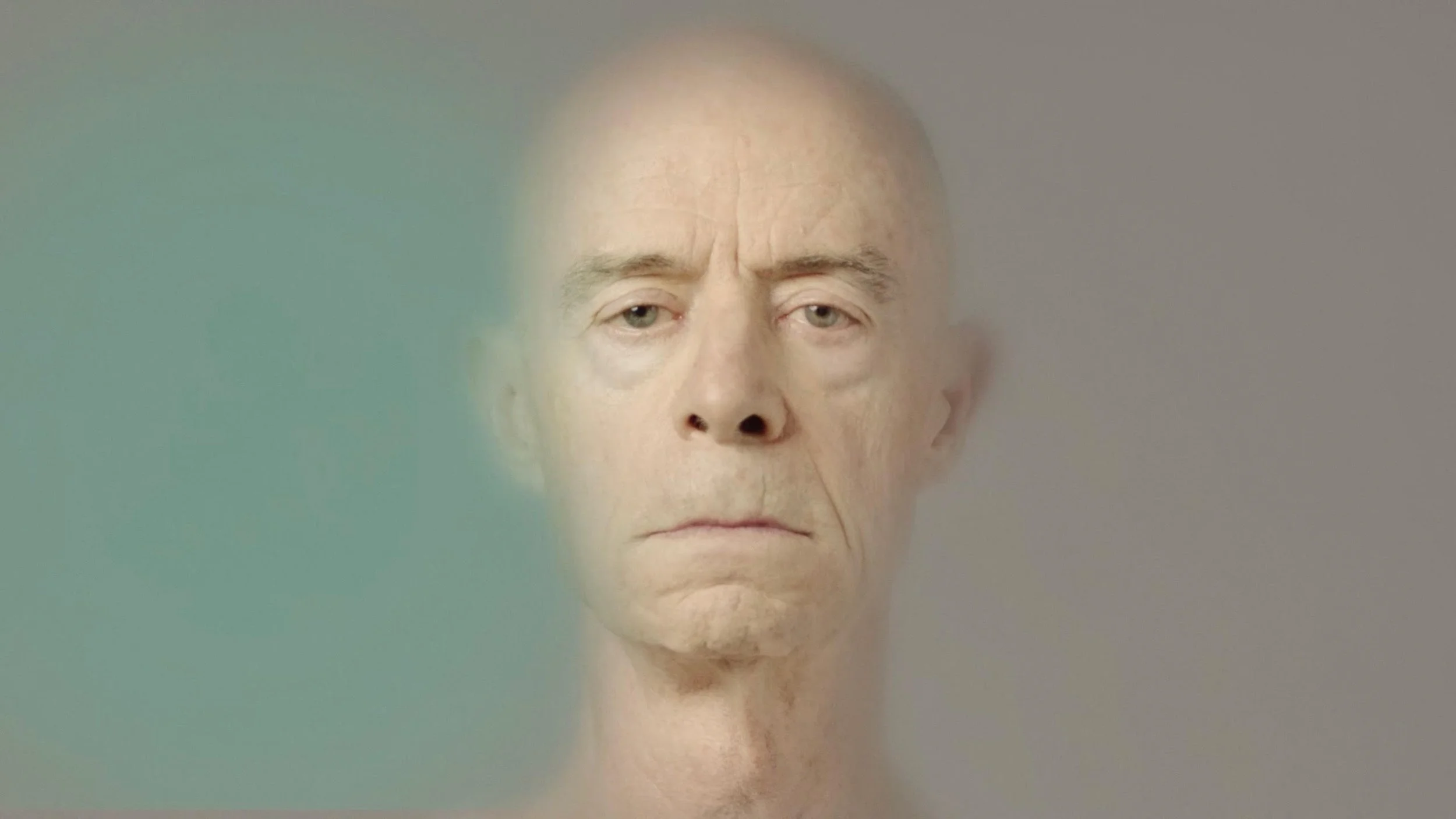the Beatniks and the Hippies
On the left in the above photograph is Ken Kesey: ace novelist, but also LSD aficionado, leader of the Merry Pranksters and the San Francisco Acid Tests in the mid-1960s, and captain of the original, brightly painted, used school bus, which traversed the country in 1964.
Kesey is the star of the best book written about the Hippies: Tom Wolfe’s The Electric Kool-Aid Acid Test. Along with LSD guru Timothy Leary (whom Kesey and his bus visited in New York) and Jerry Garcia (whose band gained renown at Kesey’s Acid Tests), Kesey has a claim on the designation, if there were such a thing, Hippie # 1.
But my point here is that on the right in the above photograph, standing next to Ken Kesey, is a remarkably strong link between the Hippies and their precursors, the Beatniks: Neal Cassady….
A statement FROM the coronavirus
The COVID 19 Pandemic has waned, but at the United Nations General Assembly Hall the list of speakers includes one unexpected individual, Virus Coronensis.
When it comes his turn to speak, no one appears at the podium, but a slide appears on the screen behind it, showing the now well-recognized drawing of the corona virus. Although he can’t be seen, Mr. Coronensis addresses the hall.
“There has been great suffering in the world due to the pandemic attributed to my fellow microbes. As much as you may not believe, we viruses, bacteria, amoebae and other micro-organisms are suffering, too.
“Please believe me when I say that we are not at all happy about our finding ourselves entering your bodies and multiplying at such a great rate. This is as great a tragedy for us as it is for you. And, worst of all, the planet that we all share is suffering as well. . . .
In his Six-Chart Sunday newsletter, Washington strategist Bruce Mehlman spells out startling differences that have emerged between older and younger generations across a striking array of topics. . . . via Axios
The end of pen and pad
What I Love and What I Hate—at 78
Why is everyone high on kale? I can't stand the stuff. The texture is crinkly, and the taste is bitter. If I see kale soup on another menu, I'll puke. Whatever happened to spinach? It's delicious, nutritious and look what it did for Popeye.
I love submarine movies...all of them, from Run Silent, Run Deep to Das Boot (including the director's cut which runs over three hours), to Cary Grant in Operation Petticoat. Don't have a clue why. After visiting the Intrepid, I know I wouldn't want to spend the night in one.
I spend huge amounts of money on designer clothes online at Neiman Marcus (Needless Markup), then when it's time to finalize the sale, I cancel it. . . .
Figuring out Medicare
Being able to enroll in Medicare is one of the major benefits of getting older, right after qualifying for the five-percent-off senior discount at the supermarket.
Like many of us, I thought enrolling in Medicare would be easy. I figured I’d have to prove I was 65 by remembering who won Super Bowl III (the New York Jets) and who was the Beatles’ drummer before Ringo Starr (Pete Best), but then I’d automatically be covered because … well, that was the American way.
Well, not exactly. Just like the American way, with its tolls every few miles, dangerous curves up ahead, and lack of a single clean rest stop, Medicare frequently has co-pays every few visits, dangerous deductibles up ahead and also not a single clean rest stop. . . .
Paul Newman in the Locker Room: Growing Up in Beverly Hills
In the mid-1950s I had a summer job working evenings at a Foster's Freeze at the then-minimum wage of $1 an hour. I had attended grammar school in Beverly Hills and was going to Beverly Hills High School.
Although Beverly Hills was and is well known for its celebrities and fabulous homes, I lived in a part with modest single-family homes and nondescript apartment buildings. The celebrities and the wealthy lived north of Santa Monica Boulevard and the really big names and wealthy lived north of Sunset Boulevard.
I lived south where Beverly Hills almost ends. There were four grammar schools—two in the wealthier areas and two in the middle-class type areas—but all students went to Beverly Hills High School, which was like a private school.
That summer a club I believe called the Executive Men's Club of Beverly Hills was offering an incredibly reduced price (like $10 a month) for teenagers who lived in Beverly Hills. . . .
Poppin’ Pills
There are now six pills in the morning and four pills at night. There are pills to help me sleep and pills for high blood pressure, pills for anxiety, pills for heart failure, pills for coronary artery disease and pills to lower cholesterol. On the weekend, I set out my pill case and carefully place each of the ten pills in their allotted slots.
It takes me about ten or 12 minutes and I hate every minute of it.
I had always prided myself on how few pills I took, given my age. I’d see other people, people my age more or less, sit down to meals and go through the ritual and I felt, foolishly, morally superior. . . .
(Photo by Myriam Zilles on Unsplash)
A Short Video: “Leaves”
by Mitchell Stephens
on Leaves and their fate
(Pondering,
not for the first
or last time,
aging.)
Click here to watch video.
Waddaya Think?
What movie would you want—along with an iPad and electricity —on a desert island?
click here, and answer or see answers in the comments.
Correction: Sondheim’s “Send in the Clowns” Has a Major Flaw
You know the song. You probably like the song. Most do. I did.
In fact, in an article on Judy Collins for this website, I called “Send in the Clowns,” written by Stephen Sondheim, “a song that makes it hard to imagine that there could be a better song.”
But I have listened to it some more. I have thought about it some more.
And I want to apologize. I was wrong.
It is indeed possible to imagine numerous better songs than “Send in the Clowns” because there is an awful line in an important place in “Send in the Clowns”. . . .
(See the comments for an account of Sondheim’s own position on this song and the play it is from.)
Being An Early Person Married to a Late Person
We’re supposed to leave at 6.
I am ready at a quarter to 6, sitting on the couch, waiting, waiting. My wife is almost ready, she says. It’s 5:50. And then she’s just about ready, at 5:58. At 6, she’ll be just a minute.
Then it’s 6:03 and then she needs to find her sunglasses and then it’s just about 6:05. We finally leave the house at 6:09, but who’s counting?
I am, of course.. . . .
My generation’s Drug Experimentation
My grandchildren think I am a really cool person because they think my generation was a really cool generation.
Indeed, we were rebellious, outrageous and colorful. Our music still plays all the time everywhere, and the grandkids know the words. They have heard the stories about us heralding in the civil rights movement, women’s liberation, the Disability Rights Act, etc. They hear us tell stories about how we fought to end the unjust Vietnam war that was killing our classmates.
We marched, demonstrated, defied, rebelled and enjoyed being nude. It was all about freedom to be and do whatever we wanted.
And part of what we wanted was to do drugs. . . .
Good News (for Real!) on Aging Minds
What am I writing about? Oh yeah: That tendency we formerly middle-aged people have to . . . draw a blank, to forget, you know, a lot. Not only the name of that neighbor we bumped into outside but why we decided to go outside in the first place. Or, to put it more kindly, that annoying habit that names in particular but facts in general have of slipping from our aging minds.
I’m writing, too, about that tendency many of us who reach ripe or over-ripe ages have to suspect that such recollection-fails might be indicative of incipient neurocognitive disorder: the dreaded dementia.
But here’s a surprise: I’ve stumbled upon, of all things, some good news . . . .
Queer Resiliency
Fifty-one years ago, I attended my first gay pride festival in Manhattan’s Washington Square Park. Bette Midler sang “You Got to Have Friends.” We sure needed them. At that time, queer people had no legal protections. We could not be out as teachers, could be evicted, and were often physically attacked late at night with no police protection. Same-sex sexual activity was only legalized in 1980 in New York.
Those of us gathered that day danced on the shoulders of activists a generation before, including Harry Hay of the Mattchine Society and Del Martin and Phyllis Lyon of Daughters of Bilitis who organized in the 1950s to counter police entrapment, McCarthyism, and the American Psychiatric Association labeling us sociopathic….
Rehab: Yes, Yes, Yes
There are three men and one woman on treadmills, a woman and two men on ellipticals, one man on a stationary bike, a woman on a rowing machine and two women and two men on something called a “nu-step,” which, I am later told, is sort of a seated elliptical.
From my treadmill in the left side of the cardiac rehab class, I observe them all carefully, or as carefully as I can without falling off the treadmill during my jog. Who looks in better shape than I am? Who seems to be recovering more quickly from their heart attack?
At the hospital, when I was told I’d been referred for cardiac rehab, I jumped at the chance. Well, as much as I could jump following an attack that had almost killed me. . . .
A Video: “The End of Going Out”
There was a time
—not that long ago—
when doing something
required leaving
your home.
Click here to see this “idea video” by Mitchell Stephens
Living a philosophical life
On the bedroom wall, across from the chair I use for taking off and putting on my socks and shoes, I’ve hung an ink-paint reproduction of Caspar David Friedrich’s The Wanderer Above the Sea of Fog.
I first saw the famous work about 50 years ago, hanging over the fireplace mantel of a new friend, Ken, one of the most remarkable people I have known. He died two weeks ago, after experiencing sustained physical pain during the end of a singular life of existential suffering, intense sentiments, exalted thoughts and peak experiences.
Ken frequently spoke of “my great teachers”: Nietzsche, Jung, Beethoven, Wittgenstein and Nikos Kazantzakis….
Whitman and Thoreau and the Hippies (via AI)
C’mon man, “I sing the body electric”? Like far fucking out. I mean everything was electric, right?
And those leaves of grass? Whitman was smoking the good stuff for sure. Then there was that guy Thoreau out in the woods protesting the war.
Which is all by way of saying when Mitch posed his question about the origins of hippie thought, Thoreau and Whitman came to mind. When he suggested I write a few paragraphs on the subject I jumped at the chance to … outsource it to ChatGPT. (Hey I’m not doing this for credit, just getting the info out there.) ….
Click for the introduction to this series: “The Roots of the Hippie Idea.”





















